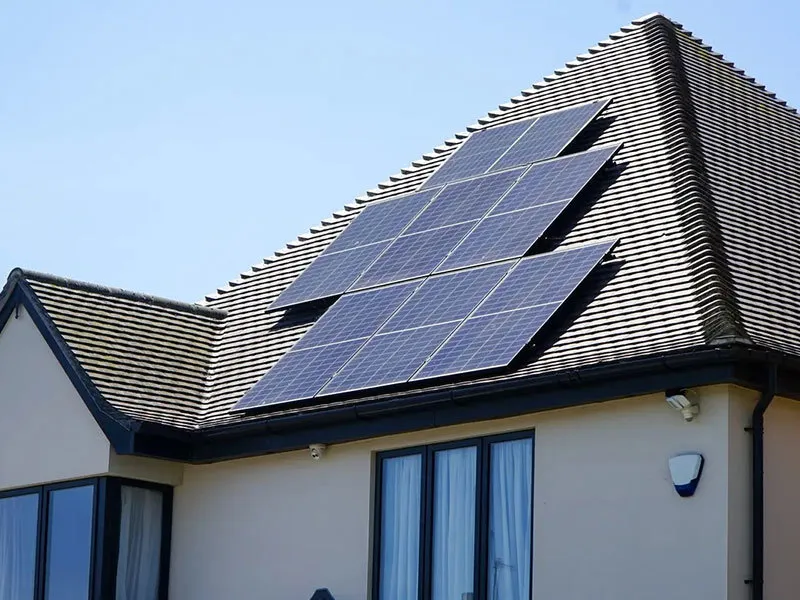A Comprehensive Guide to Interpreting Solar Panel Specifications for Better Choices
Understanding Solar Panel Specs A Comprehensive Guide
Solar energy has emerged as one of the most sustainable and environmentally friendly methods of generating electricity. With growing concerns about climate change and the depletion of fossil fuels, more individuals and businesses are considering the installation of solar panels. However, before making a decision, it’s essential to understand the specifications of solar panels to ensure that you choose the right system for your energy needs. This article will shed light on the critical specifications of solar panels, helping you to make an informed choice.
1. Solar Panel Types
Before diving into the specifications, it’s important to note that there are primarily three types of solar panels monocrystalline, polycrystalline, and thin-film panels.
- Monocrystalline Panels These are made from a single, continuous crystal structure. They are known for their high efficiency and longevity, typically boasting an efficiency rate between 15% to 22%. However, they are usually more expensive than other types. - Polycrystalline Panels Consisting of many silicon crystals, polycrystalline panels are slightly less efficient than their monocrystalline counterparts, with efficiency ratings ranging from 13% to 16%. They are generally less expensive, making them a popular choice for homeowners. - Thin-film Panels These are made from a variety of materials and are the least efficient option, with rates ranging from 10% to 12%. However, they are lightweight and flexible, making installation easier in certain scenarios.
The efficiency rating of a solar panel indicates how much sunlight the panel can convert into usable electricity. A higher efficiency rating means that the panel can produce more electricity over a smaller area. When choosing solar panels, consider your available roof space and energy needs. If space is limited, panels with higher efficiency ratings are advisable, whereas, in larger spaces, slightly less efficient panels might still meet your energy requirements.
3. Power Output (Wattage)
Power output, measured in watts, indicates how much electricity a solar panel can produce under standard testing conditions (STC). Common power outputs range from 250 to 400 watts per panel. To determine how many panels you need for your system, you'll need to know your household’s energy requirements, usually measured in kilowatt-hours (kWh).
understanding solar panel specs

For example, if your home consumes 900 kWh per month, you can calculate your needs by dividing this figure by the average output of a panel over a month. Understanding your power output needs will help you plan your solar installation more effectively.
4. Temperature Coefficient
Every solar panel operates at optimal efficiency under specific temperature conditions. The temperature coefficient indicates how much a panel's output decreases as temperatures rise. A lower temperature coefficient is favorable, as it signifies that the panel will maintain its efficiency even in hot conditions. This specification is particularly important in warmer climates, where panel performance can significantly decrease due to excessive heat.
5. Warranty and Lifespan
Manufacturers usually provide warranties for solar panels, commonly ranging from 10 to 25 years. The lifespan of solar panels can extend beyond 25 years, but the efficiency may decline over time. Most manufacturers will specify the expected performance decline, often around 0.5% to 1% per year. Choosing a panel with a robust warranty and a slower efficiency decline can provide peace of mind regarding its long-term performance.
6. Cost and Return on Investment (ROI)
Finally, consider the cost of the solar panels against their lifespan and efficiency. While cheaper panels may save you money upfront, they could have lower efficiency and shorter lifespans, leading to higher costs in the long run. Calculating your return on investment (ROI) based on energy savings, installation costs, maintenance, and any available incentives is key to making a sound purchase.
Conclusion
Understanding the specifications of solar panels is crucial to making an informed decision when transitioning to solar energy. By examining factors such as panel type, efficiency ratings, power output, temperature coefficient, warranties, and overall cost, you can choose a solar panel system that best meets your energy needs and budget. As you explore your options, remember that investing in quality solar panels can not only provide significant savings on electricity bills but also contribute to a greener and more sustainable future. Make sure to do thorough research and consult with professionals to find the optimal solar solution for your home or business.
-
String Solar Inverter: The High-Efficiency Solution for Smart Solar EnergyNewsJul.14,2025
-
Revolutionizing Rooftop Energy with the Power of the Micro Solar InverterNewsJul.14,2025
-
Power Independence with Smart Off Grid Solar Inverter SolutionsNewsJul.14,2025
-
On Grid Solar Inverter: Powering the Future with Smart Grid IntegrationNewsJul.14,2025
-
Monocrystalline Solar Panels: High-Efficiency Power for the Future of Clean EnergyNewsJul.14,2025
-
Bifacial Solar Panel: A Smarter Investment for Next-Generation Energy SystemsNewsJul.14,2025







